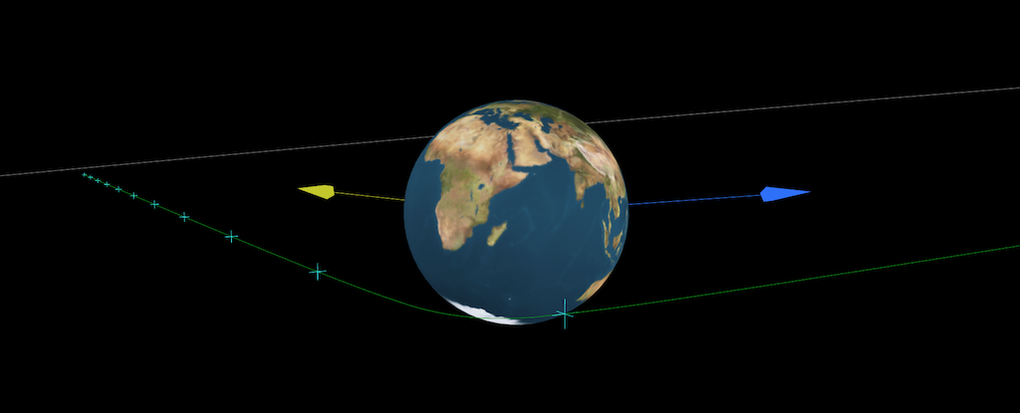
This is one of the rare times in human history that an object from outer space has come so close to Earth, but fortunately no collision occurred.
The asteroid, dubbed 2025 TF, passed Antarctica at 00:47:26 UTC on October 1 at an altitude of about 428km. This distance is within the orbit of the International Space Station (ISS), which ranges from 370 to 460km.
That's pretty close, but not the closest we know of. The closest we've ever come to Earth is held by an asteroid called 2020 VT4, which flew by at a distance of just 368km in November 2020.
There are quite a few meteorites that fly by at very close range, but fortunately they never collide with our planet. Occasionally, some come into contact with the atmosphere, burn up some of their mass, and then glide away like a stone on water.
However, there have also been asteroids that have come much closer, including the one that actually hit Earth causing the extinction event about 66 million years ago.
Of course, that’s just one of the many asteroid and event events we know about. It’s likely that Earth has had other impacts in its 4.5 billion year history that had even more devastating effects.
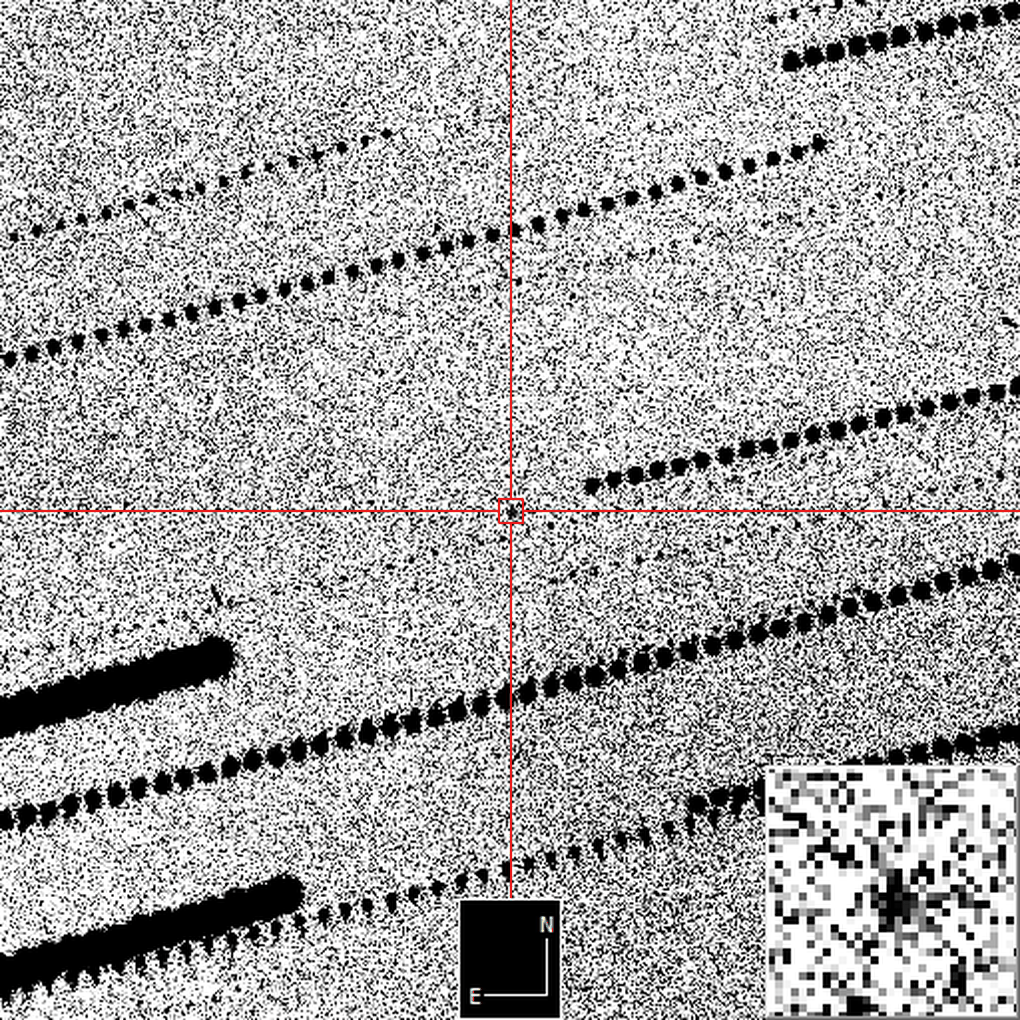
Even if it hits Earth this time, though, 2025 TF is nothing to worry about. The asteroid is only 1 to 3 meters wide, so at most it will create a pretty light show for anyone watching, and will likely leave a small meteorite on Earth’s icy continent.
What's more remarkable is that the asteroid wasn't discovered until it had already passed Earth. The Kitt Peak-Bok Observatory in Arizona was the first to record the event, at 06:36 UTC, but it was then traced back to the Catalina Observatory, which recorded the event just two hours after its closest pass.
Although 2025 TF is currently hurtling through the darkness of space, it will likely return and fly past us again.
According to NASA's estimates of its future orbit, it will come close to us again in April 2087, but this time it will be at a greater distance, about 8 million kilometers from Earth, or about 21 times farther than the distance from Earth to the Moon.
Source: https://dantri.com.vn/khoa-hoc/tieu-hanh-tinh-bay-suot-qua-trai-dat-gan-hon-ca-quy-dao-iss-20251009023502925.htm






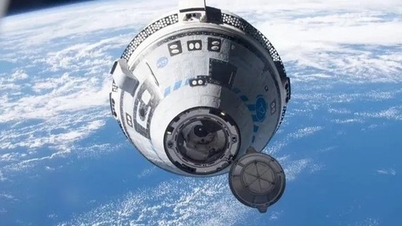

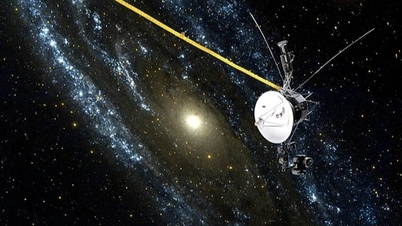
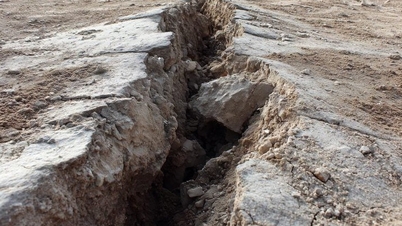

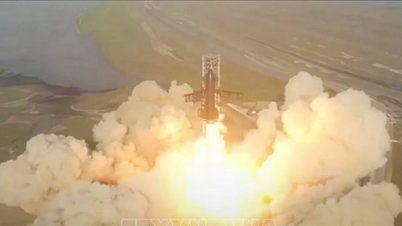

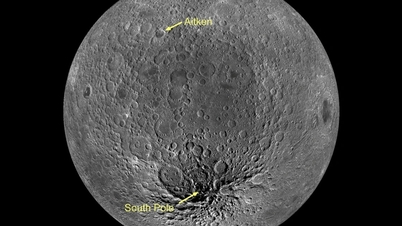
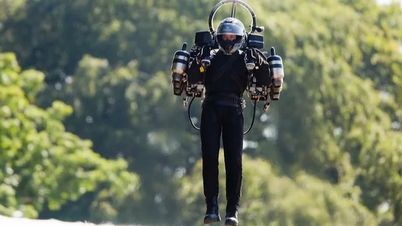
























































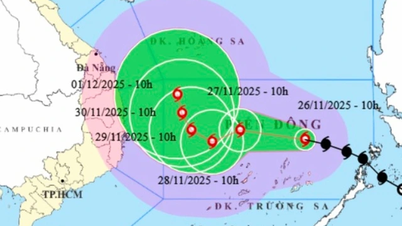






































Comment (0)